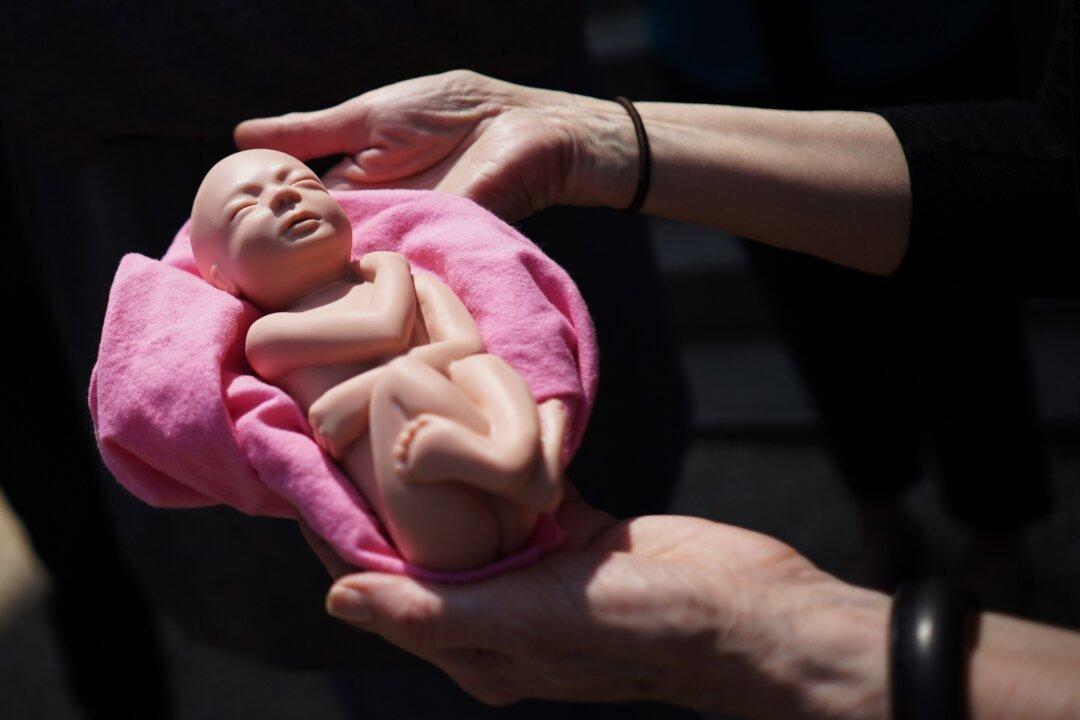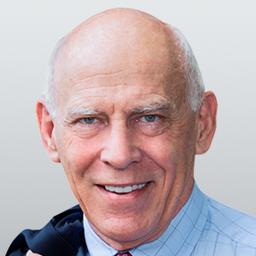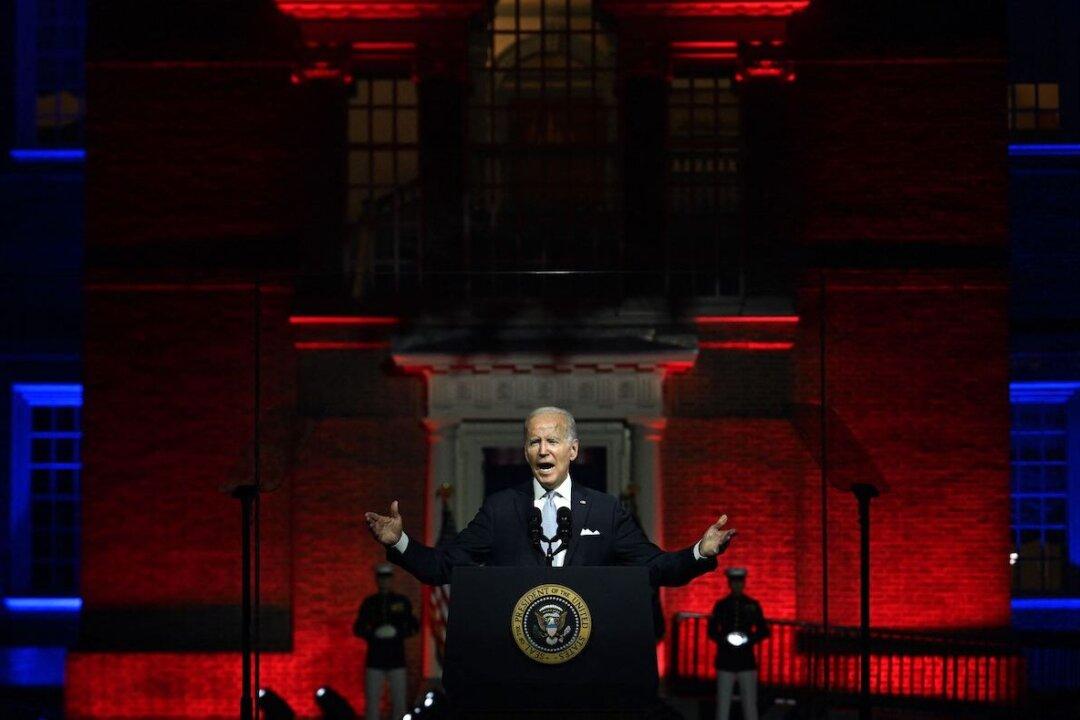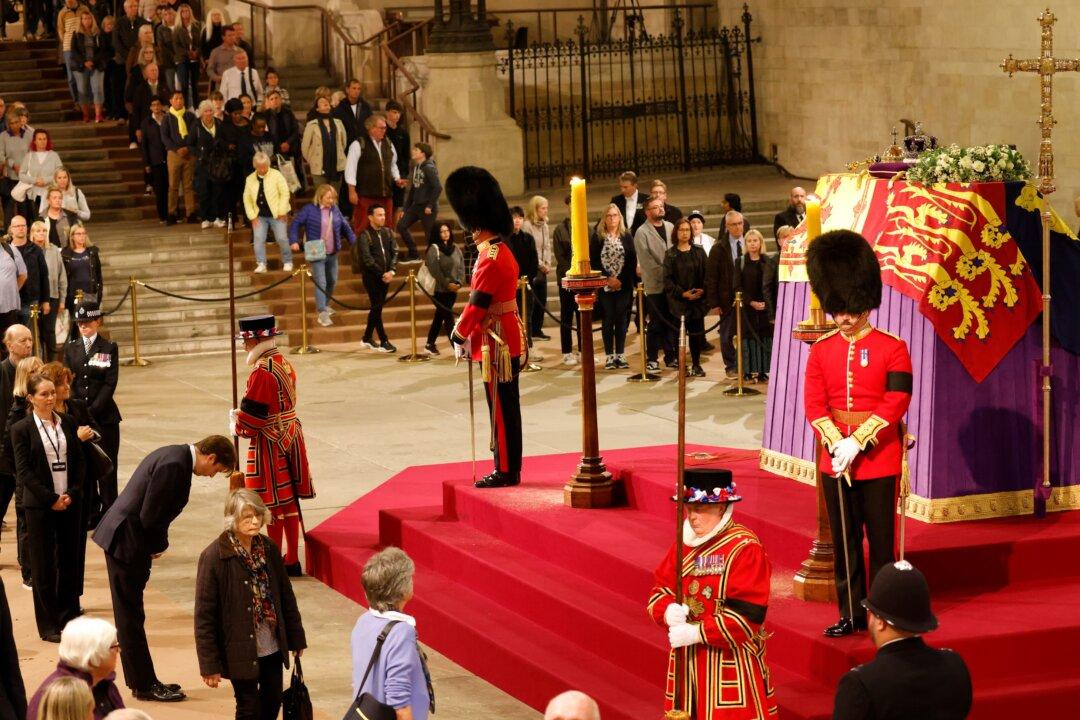Commentary
Is modern medicine stripping us of our humanity? Without its amazing technical advances, some of us would not be alive to discuss the question. But in its materialist, spiritually impoverished understanding of the human being, as ethicist Charles Camosy puts it in his new book, “Losing Our Dignity,” medicine is at risk of reducing itself to a kind of organic plumbing and carpentry.





